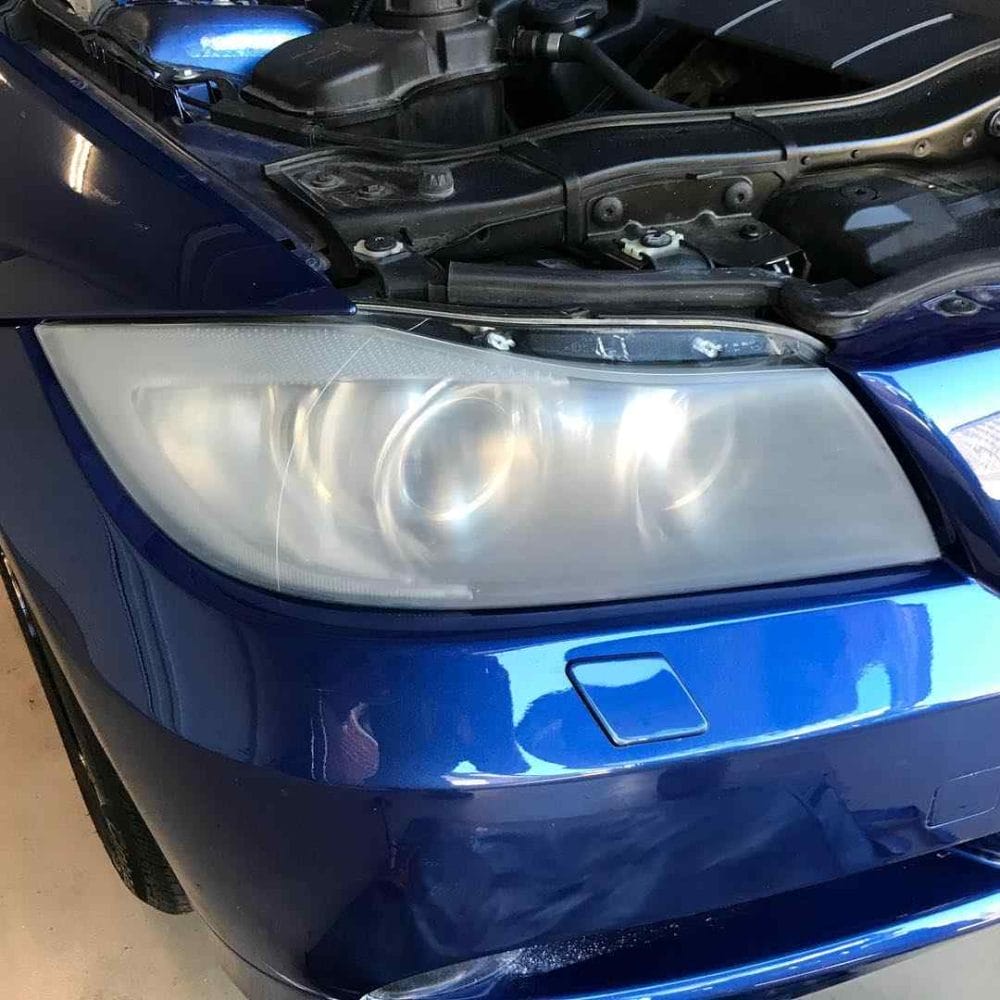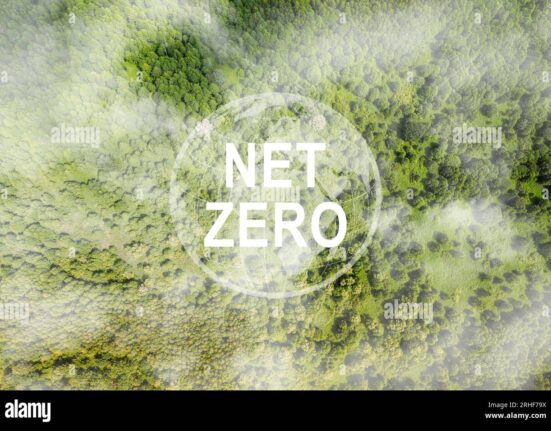The world of energy production is on the brink of a revolutionary breakthrough with fusion power, a technology that promises to provide nearly endless clean and sustainable energy. At the forefront of this innovation is the ITER project, an experimental fusion power reactor that holds the key to unlocking this potential.
Imagine a world where power shortages are a thing of the past, where electricity flows abundantly without harming our planet. This vision could become a reality through nuclear fusion, a process that mimics the sun’s ability to generate massive amounts of energy by fusing hydrogen atoms together. However, before this groundbreaking technology can be fully realized, there is a major obstacle that must be overcome – the lithium bottleneck.
In the quest for fusion power, lithium plays a crucial role as fuel for the most prominent fusion technologies under development. Specifically, enriched lithium containing higher concentrations of lithium-6 is essential for sustaining the fusion reactions efficiently. This type of lithium is scarce in nature, comprising only a small fraction of all naturally occurring lithium.
“One of the biggest missing pieces of technology is the enrichment stage.”
Samuel Ward from Woodruff Scientific LTD emphasizes the importance of developing scalable methods for enriching lithium fuel to meet the demands of future fusion power plants. The challenge lies in producing significant quantities of enriched lithium needed to fuel these futuristic energy-generating facilities.
To put things into perspective, just one advanced demonstration fusion plant aiming to supply electricity to the grid would require between 10 and 100 tonnes of enriched lithium to kickstart and sustain its operations. With such substantial demand projected for enriched lithium in upcoming fusion facilities, it becomes evident that novel approaches are imperative to address this pressing need.
As experts like Egemen Kolemen at Princeton Plasma Physics Laboratory point out, historical processes used during Cold War-era nuclear weapons production are no longer viable solutions due to environmental concerns associated with mercury contamination. The focus has shifted towards cleaner and more efficient methods for enriching lithium tailored specifically for supporting future fusion reactors.
“The only thing that could provide sufficient enriched
lithium [in] short and mid term is a mercury-based process.”
Mercury-based enrichment processes have emerged as interim solutions to bridge the gap until more sustainable methods become available. Projects like those in Germany aim to upscale mercury-dependent enrichment techniques while working towards cost-effectiveness in preparation for future fusion power plant requirements.
However, experts caution against relying solely on mercury-based processes in the long run due to sustainability reasons. As Adam Stein from Breakthrough Institute highlights, achieving widespread deployment of fusion energy will necessitate transitioning away from environmentally harmful practices towards cleaner alternatives.
Innovations such as utilizing microbes or exploring other eco-friendly approaches hold promise in revolutionizing how we obtain enriched lithium without compromising environmental integrity. Initiatives led by organizations like UK Atomic Energy Authority underscore ongoing efforts towards developing cleaner enrichment technologies capable of meeting tomorrow’s energy needs sustainably.
“While other processes have not been demonstrated at commercial scale…
one will need to be successful.”
The race towards realizing fusion power’s full potential hinges on overcoming obstacles like lith…









Leave feedback about this